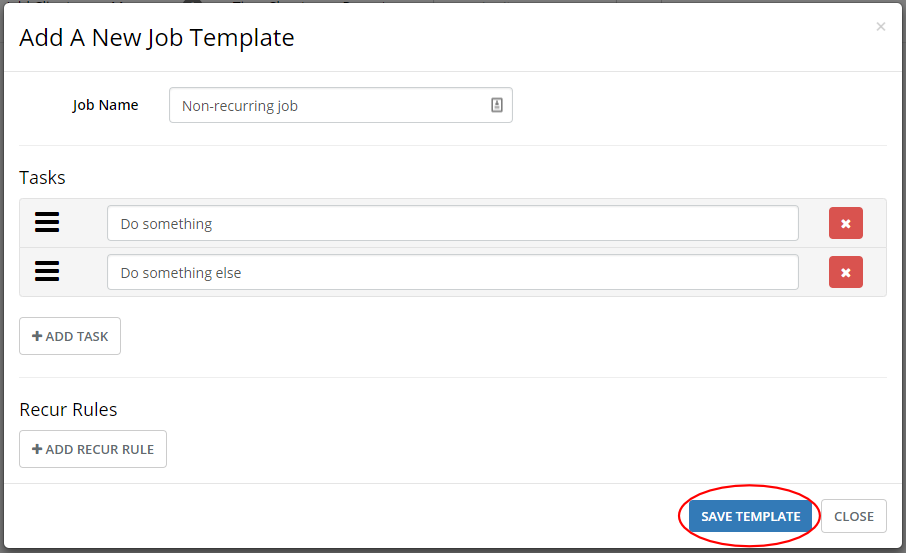
Marginal cost is a fundamental concept in economics that refers to the cost of producing one additional unit of a product or service. It is a crucial metric for businesses to determine the optimal level of production and pricing strategies. The best definition of marginal cost is the change in total cost that results from producing one additional unit of output.
To calculate marginal cost, businesses need to consider the cost of producing each additional unit, including the cost of raw materials, labor, and other expenses. By understanding the marginal cost, businesses can make informed decisions about pricing, production, and profitability. Marginal cost is also an essential concept in microeconomics, as it helps to determine the supply curve for a particular product or service.
In summary, the best definition of marginal cost is the additional cost incurred by a business to produce one more unit of output.
Understanding Marginal Cost

Definition of Marginal Cost
Marginal cost is the additional cost that a company incurs to produce one additional unit of a product or service. It is the cost of producing one more unit of output. This cost includes the cost of additional labor, raw materials, and other variable costs that are required to produce the additional unit.
Marginal Cost Formula
The formula to calculate marginal cost is:
Marginal Cost = (Change in Total Cost) / (Change in Quantity)
This formula takes into account the change in total cost and the change in quantity produced. It is important to note that marginal cost may vary depending on the level of production volume.
Example of Marginal Cost
Suppose a company produces 100 units of a product at a total cost of $1,000. If the company decides to produce one more unit, the total cost increases to $1,050. The marginal cost of producing the 101st unit is:
Marginal Cost = (Change in Total Cost) / (Change in Quantity)
Marginal Cost = ($1,050 – $1,000) / (101 – 100)
Marginal Cost = $50
This means that the cost of producing one more unit is $50.
Relationship between Marginal Cost and Revenue
Marginal Revenue
Marginal revenue is the additional revenue that a producer earns when they sell one more unit of a product. In a competitive market, the marginal revenue is equal to the market price. However, in a monopolistic market, the marginal revenue is less than the market price because the producer has to lower the price of all units to sell the additional unit.
Profit Maximization
Producers aim to maximize their profit by producing the quantity of output where the marginal cost equals the marginal revenue. At this point, the producer earns the highest profit. If the marginal cost is less than the marginal revenue, the producer should increase the production volume to increase the profit. If the marginal cost is greater than the marginal revenue, the producer should decrease the production volume to increase the profit.
Production Volume and Marginal Cost
The production volume is the quantity of output that a producer produces. The marginal cost is the additional cost that a producer incurs when they produce one more unit of a product. As the production volume increases, the marginal cost also increases. This happens because the producer has to incur additional costs such as hiring more labor, buying more raw materials, and renting more space.
Producers should produce the quantity of output where the marginal cost equals the marginal revenue to maximize their profit. If the marginal cost is less than the marginal revenue, the producer should increase the production volume to increase the profit. If the marginal cost is greater than the marginal revenue, the producer should decrease the production volume to increase the profit.
Factors Affecting Marginal Cost

Fixed Costs
Fixed costs are expenses that do not vary with the level of production. These costs are incurred regardless of whether the business produces one unit or one million units. Examples of fixed costs include rent, salaries, and insurance. Since fixed costs do not change, they have no effect on the marginal cost of producing an additional unit.
Variable Costs
Variable costs are expenses that increase or decrease with the level of production. These costs include materials, labor, and equipment. As production increases, variable costs also increase, which can cause the marginal cost to rise. Conversely, if production decreases, variable costs decrease, which can cause the marginal cost to fall.
Economies of Scale
Economies of scale refer to the cost advantages that businesses can achieve by increasing production. As a company produces more units, it can spread its fixed costs over a larger number of products, which can reduce the marginal cost. Additionally, businesses can negotiate better prices for raw materials and equipment when they purchase in larger quantities, which can also reduce the marginal cost.
In summary, fixed costs have no effect on the marginal cost, while variable costs and economies of scale can cause the marginal cost to change. By understanding these factors, businesses can make informed decisions about production and pricing to maximize their profits.







